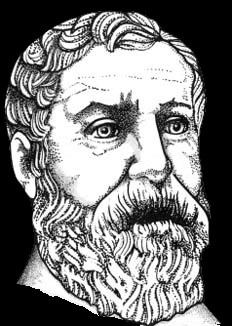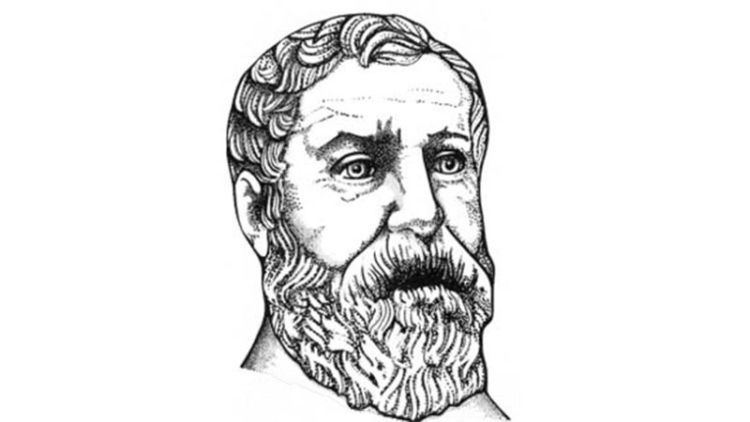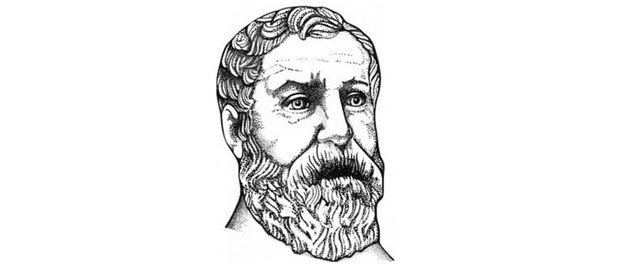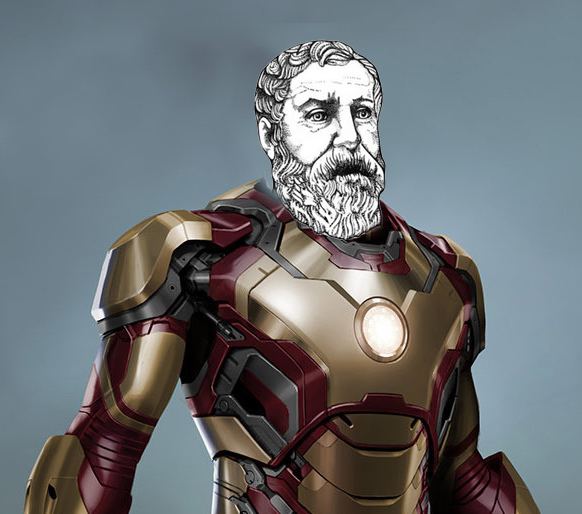Fields Mathematics Known for aeolipile | Name Hero Alexandria | |
 | ||
Residence Alexandria, Roman Egypt | ||
Hero's Steam Engine using Soda Can
Hero of Alexandria (; Greek: Ἥρων ὁ Ἀλεξανδρεύς, Heron ho Alexandreus; also known as Heron of Alexandria ; c. 10 AD – c. 70 AD) was a mathematician and engineer who was active in his native city of Alexandria, Roman Egypt. He is considered the greatest experimenter of antiquity and his work is representative of the Hellenistic scientific tradition.
Contents
- Heros Steam Engine using Soda Can
- Eolipila steam engine hero of alexandria
- Life and career
- Inventions
- Mathematics
- References

Hero published a well recognized description of a steam-powered device called an aeolipile (sometimes called a "Hero engine"). Among his most famous inventions was a windwheel, constituting the earliest instance of wind harnessing on land. He is said to have been a follower of the atomists. Some of his ideas were derived from the works of Ctesibius.

Much of Hero's original writings and designs have been lost, but some of his works were preserved in Arabic manuscripts.

Eolipila steam engine hero of alexandria
Life and career
Hero may have been either a Greek or a Hellenized Egyptian. It is almost certain that Hero taught at the Musaeum which included the famous Library of Alexandria, because most of his writings appear as lecture notes for courses in mathematics, mechanics, physics, and pneumatics. Although the field was not formalized until the twentieth century, it is thought that the work of Hero, his automated devices in particular, represents some of the first formal research into cybernetics.
Inventions
Hero described the construction of the aeolipile (a version of which is known as Hero's engine) which was a rocket-like reaction engine and the first-recorded steam engine (although Vitruvius mentioned the aeolipile in De Architectura some 100 years earlier than Hero). It was created almost two millennia before the industrial revolution. Another engine used air from a closed chamber heated by an altar fire to displace water from a sealed vessel; the water was collected and its weight, pulling on a rope, opened temple doors. Some historians have conflated the two inventions to assert that the aeolipile was capable of useful work.
Mathematics
Hero described a method for iteratively computing the square root of a number. Today, however, his name is most closely associated with Hero's formula for finding the area of a triangle from its side lengths.
